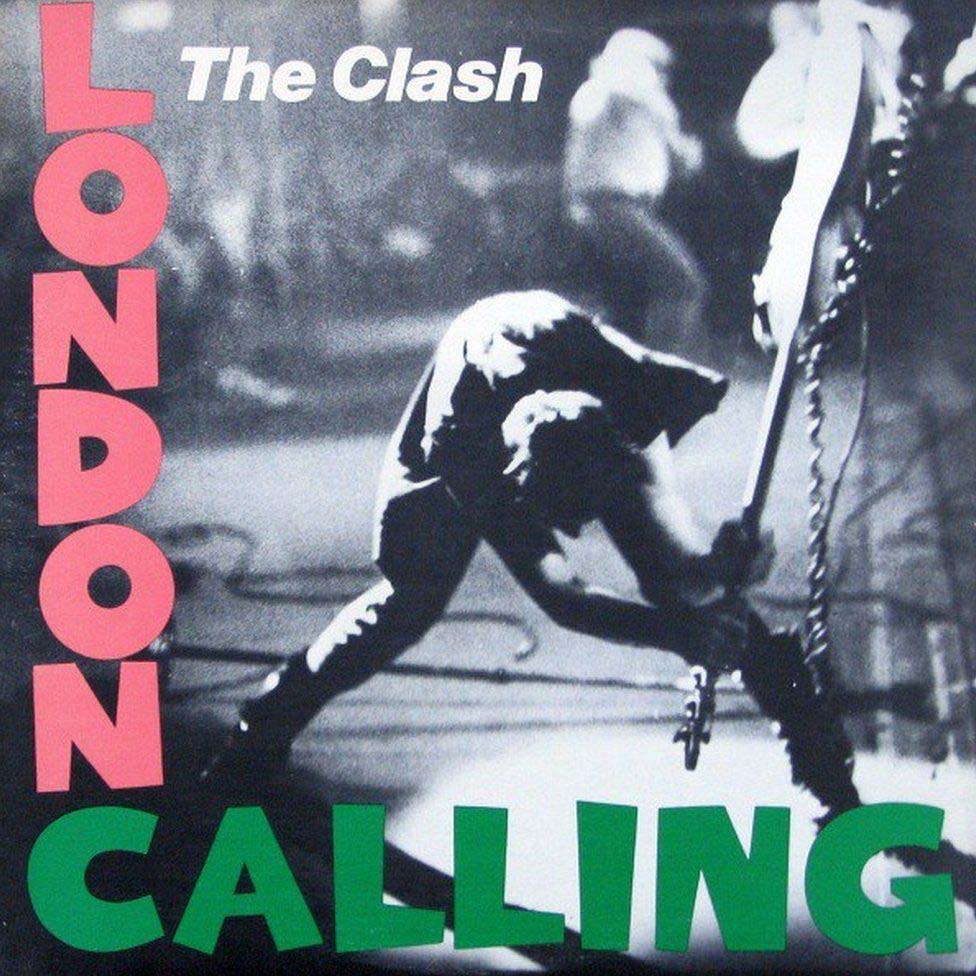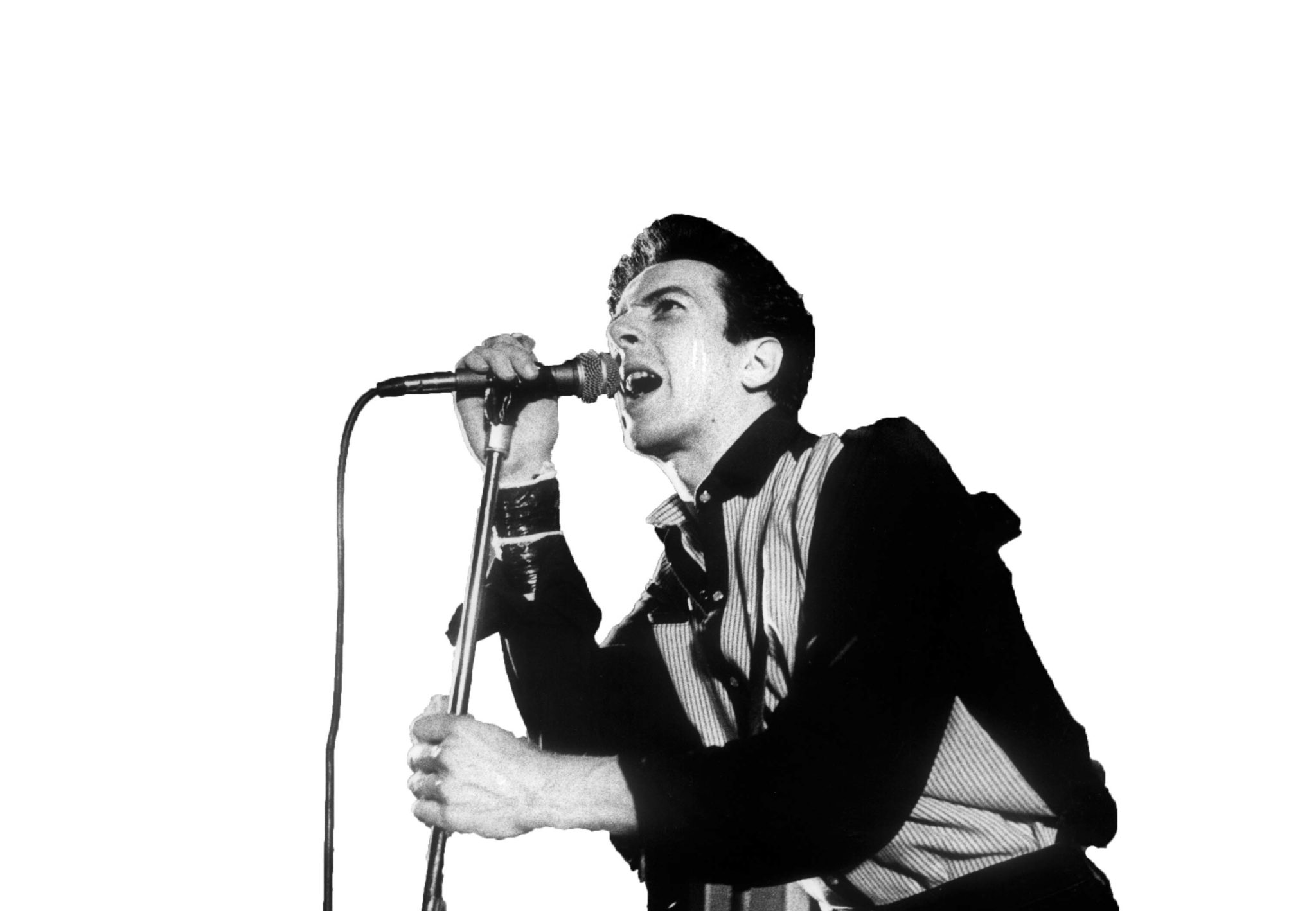- Music
- 15 Jul 22

You know how it goes – you’re in the pub sounding off about your favourite new act, when a mate asks if you’ve yet become acquainted with the era-defining grindcore scene. It’s fair to say musical genres have come and gone at a furious pace since Hot Press first arrived, but some have had a lot more staying power than others. We look at a selection of the most essential movements from the past 45 years, and hear from a few of the key participants along the way...
Punk
With glam running out of glitter, and the likes of Bowie, Rod Stewart and the Stones going into overseas tax exile, the UK’s mostly unemployed teenage masses were crying out for a leaner, meaner rock ‘n’ roll variant (and a riot) they could call their own.
That duly arrived in 1976 when the Sex Pistols, The Clash, The Damned and other fomenters of the Punk Uprising like Subway Sect, Generation X, Slaughter And The Dogs and Siouxsie & The Banshees started infiltrating the pages of Sounds, Melody Maker and the NME.

Johnny Rotten & Co.’s railing against the Queen’s Silver Jubilee shook the British establishment to its inbred foundations, with declassified government papers later revealing that the UK Attorney General had considered using the 1945 Treason Act against both the band and manager Malcolm McLaren. An almost Dickensian character, McLaren had briefly managed the New York Dolls before returning home to London with a headful of ideas and something to prove.
Advertisement
While punk soon spawned its own orthodoxy, the original “Be yourself and fuck the begrudgers” message was a powerful one in a Disunited Kingdom where gay bashing was at epidemic proportions and the police were using the SUS laws to harass and intimidate the Black and Asian communities who were also being targeted by the National Front, Combat 18 and the rest of the Neo-Nazi goon squad.
Punk struck a powerful chord in Northern Ireland where, for the most part, it cut through sectarianism. The question asked in Derry’s Casbah and the Pound and Harp bars in Belfast wasn’t “Catholic or Protestant?” but “Clash or Sex Pistols?”
The lyrics may have been penned by journalist Gordon Ogilvie, but in ‘Alternative Ulster’ Stiff Little Fingers came up with a clarion call that’s been adopted by successive Norn Iron generations. The rest of the UK’s attention was gained when John Peel championed not only SLF, but also Rudi, The Outcasts, The Moondogs and The Undertones – signed to Terri Hooley’s Good Vibrations label – whose ‘Teenage Kicks’ he loved so much that he played it twice in a row on his late night BBC show. Suddenly, Belfast and Derry were among the hippest rock ‘n’ roll cities in the world with a young Dave Grohl, for one, taking note.
Scoring high on the Outageometer here were The Boomtown Rats, whose early Moran’s Hotel gigs are rightly the stuff of legend, as is Bob Geldof’s first Late Late Show appearance in 1978 where Gaybo was comprehensively told what’s what.
The Rats’ main Dublin rivals were The Radiators From Space, whose ranks included future Pogues man Philip Chevron and U2 graphic designer Steve Avrill. The Radiators, and The Undertones, were playing at a punk festival in UCD at which an 18 year-old fan was stabbed and died. While the murder had nothing to do with the Radiators, certain sections of the media relished the chance to denounce these violent punk rockers.

The Radiators
Advertisement
One of the first signs that punk was running into trouble on the other side of the Irish Sea was when the lead singer of the Radiators’ Chiswick Records labelmates, Skrewdriver, revealed himself to be a white supremacist. The odious Ian Donaldson went on to found the Blood and Honour movement before being killed in 1993 in a car crash.
Meanwhile, a group of fascist National Front and Combat 18 supporters unilaterally attached themselves to Sham 69, whose gigs thereafter routinely erupted into violence. Sham mainman Jimmy Pursey made it clear where his allegiances lay when he joined The Clash onstage at the Rock Against Racism Carnival in Brixton, but the band couldn’t shake the bone heads.
Wanting a piece of the Britpunk action, ex-New York Dolls man Johnny Thunders arrived in London with his band the Heartbreakers – and a chronic heroin habit. Heroin proved to be the ruination of, among others, Glen Matlock’s replacement in the Pistols, Sid Vicious, who comprehensively bought into the junkie chic myth. As did his girlfriend Nancy Spungen who Sid stabbed to death in October 1978 before dying himself from an OD a few days later. The Pistols had already unravelled during an American tour, which ended with Johnny Rotten’s “Ever feel like you’ve been cheated?” pronouncement in San Francisco’s Winterland Ballroom. British punk, it seemed, was running on empty.
It was a different story in the States with pioneering bands like Black Flag, the Avengers and The Germs being joined by newcomers like The Dead Kennedys, Sonic Youth and the Sic Fucks who for some reason never got much radio airplay.
While failing to spark moral outrage and/or infiltrate the top 40, second wave UK punk bands like The Killjoys, The Nips, The Moors Murderers, Johnny and the Self Abusers, The Drug Addix, Another Pretty Face and London respectively gifted us Kevin Rowland, Shane MacGowan, Chrissie Hynde, Jim Kerr, Kirsty MacColl, Mike Scott and Culture Club’s Jon Moss.
Fast forward to 2022 and punk’s lingering influence is evident in everyone from Fontaines D.C. and Yungblud to Nova Twins and Inhaler.

Advertisement
Joe Strummer:
“I loved it when Clash gigs ended up in a riot. I’d see what was going on in the crowd and think, ‘Fuck, I’d much rather be down there smashing up chairs.’”
Read the full Every Breaking Wave feature in the 45th Birthday issue of Hot Press, out now:










